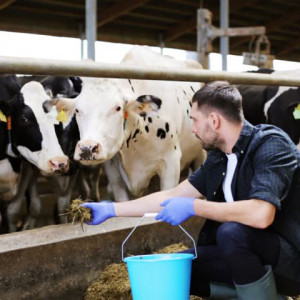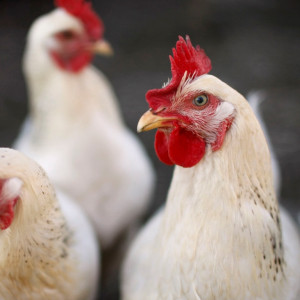| Nano poshesh felez |


| Registration Date | 31 May 2019 |
| Revision Date | 31 May 2019 |
| Share |
Agriculture Animal Husbandry
Livestock disinfectantSilver
Ag Nanoparticle /Nanopowder CAS Number : 7440-22-4It is known as silver nanoparticles suspension with the size distribution of less than 50 nm. Some crystalline phases such as Ag, AgCl and NaNO3 have been observed in its XRD pattern. Concentration of silver ions is 5281 ppm in it. In nano-dimension, antibacterial effect of silver increases significantly, so that they are able to destroy over 650 bacterial species. It is reported that these nanoparticles have significant antifungal activities against some ringworms. Ag nanoparticles interact with sulfur and phosphorus compounds of membrane proteins affecting cell morphology and structure, causing its death. With decreasing particle size, the release of silver ions increases, leading to increasing their antibacterial activities. In accordance with National Iranian Standard No. 2842, a disinfected detergent product with diluted concentration of 100ppm has directly demonstrated its bactericidal and fungal activity at 25 ° C for 15 minutes.
Development of infectious diseases in poultry housing can affect the livestock and poultry breeding financially and leaves irrecoverable losses. That even can threaten public health seriously. Therefore, disinfecting such places is of crucial importance. To do so, there are some chemicals like colloidal silver, which contains silver of different concentrations and particle sizes, has historically mainly been used for treatment of wounds and infections. Introduction of silver into bacterial cells induces a high degree of structural and morphological changes, which can lead to cell death. Silver nanoparticles can prevent bacteria from growing on or adhering to the surface and act as a disinfectant.